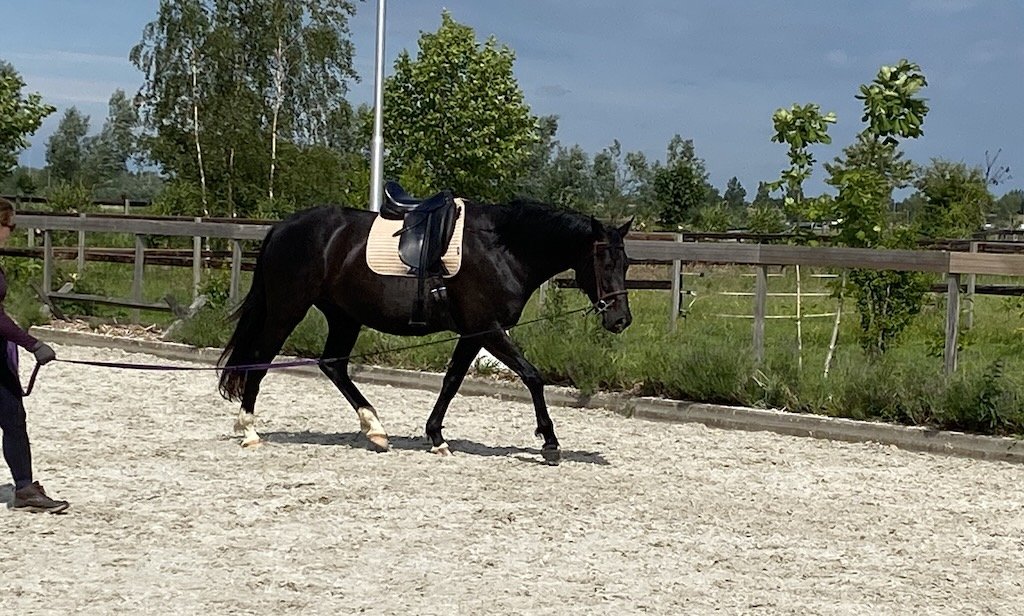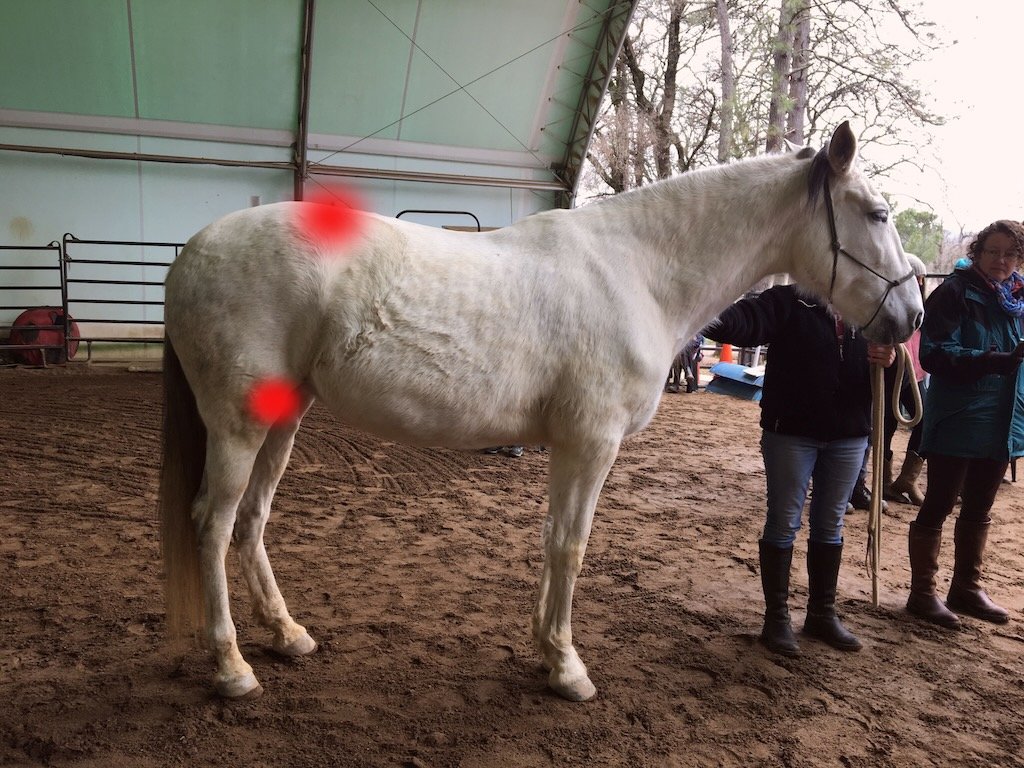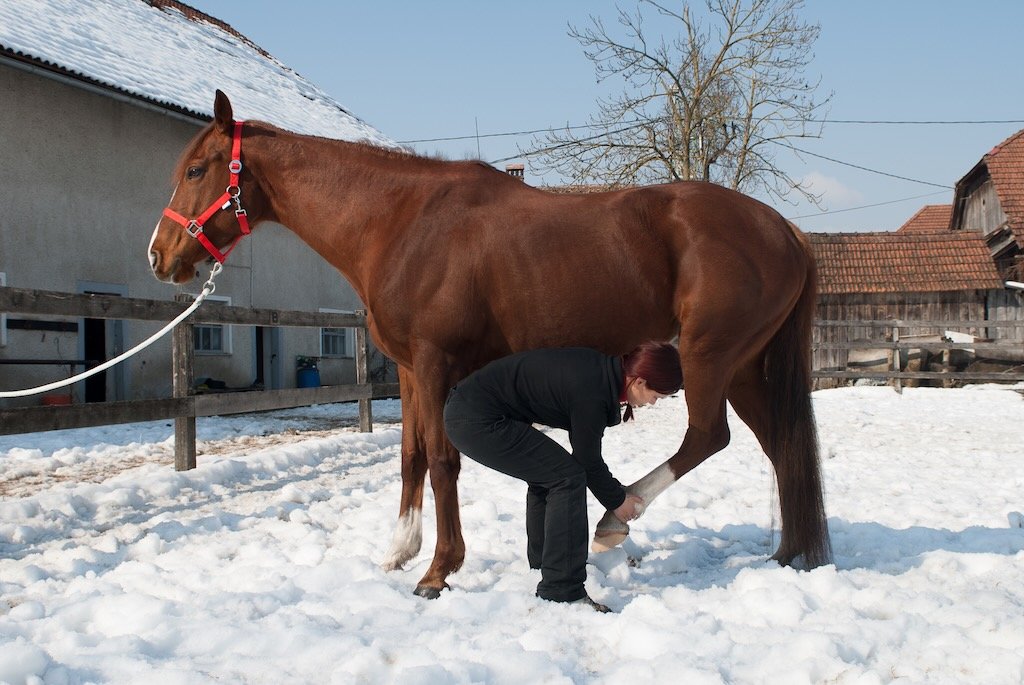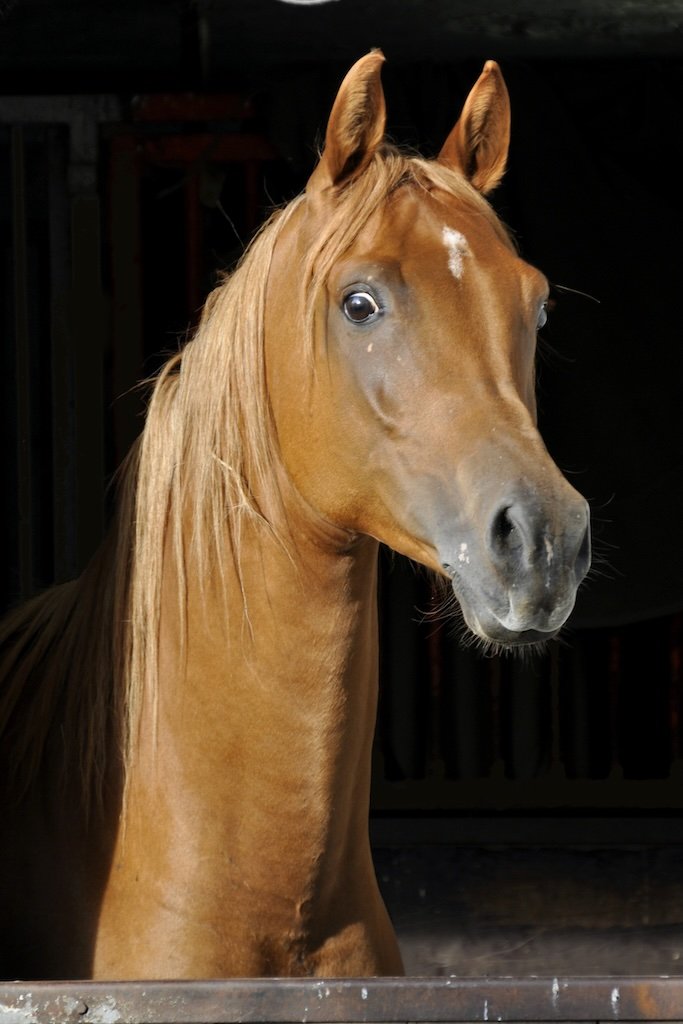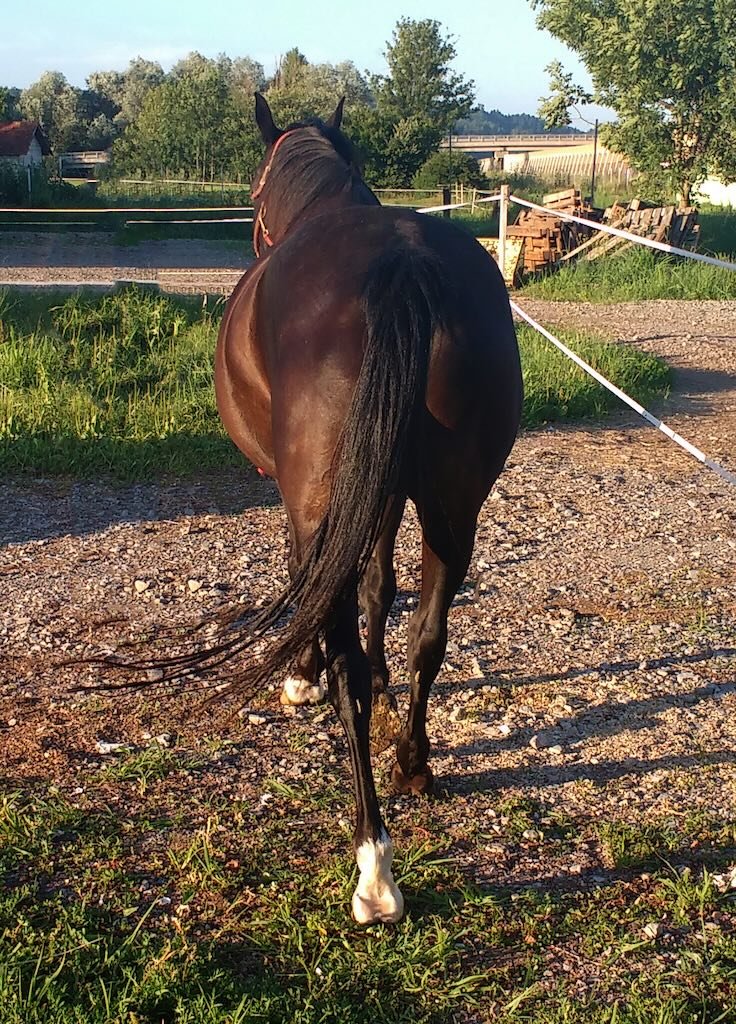Should we feed from hay nets – or not?
Haynes are great for prolonging feeding time, but they do come with some drawbacks. Here are some things to consider when using them.
Support for stressful situations
Stressful situations can't always be avoided, so it's important to help our horses cope with them as best as possible.
Do we focus too much on head position ... or not enough?
Your horse’s head position is a source of very valuable information, not a problem that needs to be fixed with shortcuts. Here is what a lot of riders get wrong when dealing with head position problems.
Longer days, longer rides?
Spring is a great time to get back to work, but we have to make sure to do it safely, otherwise we are increasing the risk for injury.
Releasing the key areas
Three important junctions in the horse’s spine are key to healthy back mobility. Here are some gentle techniques to help release any tension in these areas.
The first step to recovery is addressing pain
When dealing with dysfunction, addressing pain should be the first step. There is no point in implementing strengthening programmes until the horse is pain-free and can benefit from strengthening.
Red flags for stifle issues
Stifle issues are quite common in horses. Knowing how to read the red flags can help you take action sooner and help your horse recover faster.
Before you buy a horse
Not every horse is right for every purpose. Before you buy a horse, have a long think about your skill level, your ambitions and your financial capability.
When you pick up your horse's leg...
A healthy horse should be able to effortlessly stand on three legs while you pick up the fourth one. If this is a struggle, it is worth investigating.
Checking for stifle stability
Instability in the stifles is a very common, but often underrecognized, issue. Here are some things to look out for in your horse.
Can stressful events cause restriction and stiffness?
What happens in the mind does not stay in the mind. Stressful events can cause issues in the body, especially tension in the ventral chain of muscles.
Flexibility vs mobility
Flexibility and mobility are two different things. Here’s why it’s important to tell them apart.
Hidden damage
Old injuries can sometimes be very tricky to spot. Here are some issues that are quite common in horses, but often overlooked.
Promises to my horse in 2025
Here are some things I want to do better with my horse in 2025.
A Christmas gift for the withers
Here are some simple bodywork techniques for the wither area that you can try on your horse.
Stretching – yes? No? Maybe?
Stretching has many benefits, but we do need to know what we are trying to achieve and which exercises are appropriate for our specific horse.
Running with horses – things to be mindful of
If you decide to try running with your horse, you need to keep some things in mind in order to avoid making (potentially dangerous) mistakes.
Why running with horses can be awesome
Going for a run with your horse can be very beneficial, but we do need to go about it in a cautious way, as it can be dangerous.
Four mistakes to avoid with young horses
Working with youngsters is a big responsibility as the early experiences can set the stage for the horse's wellbeing later in life. This is why we have to take care to avoid some common pitfalls.
What's the story with hind limb rotation?
Rotation of the hind limb in walk is a very common sight in horses. There are many factors that contribute to it, and if we want to address the issue properly, we need to take a multi – pronged approach.



